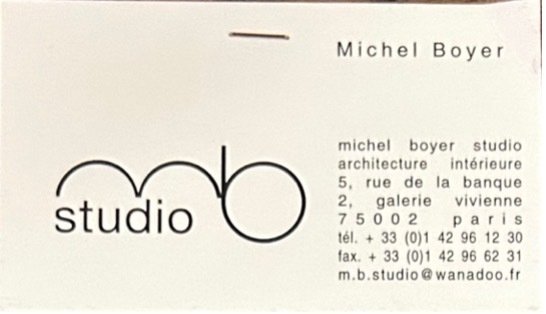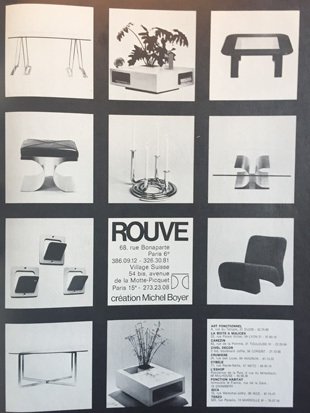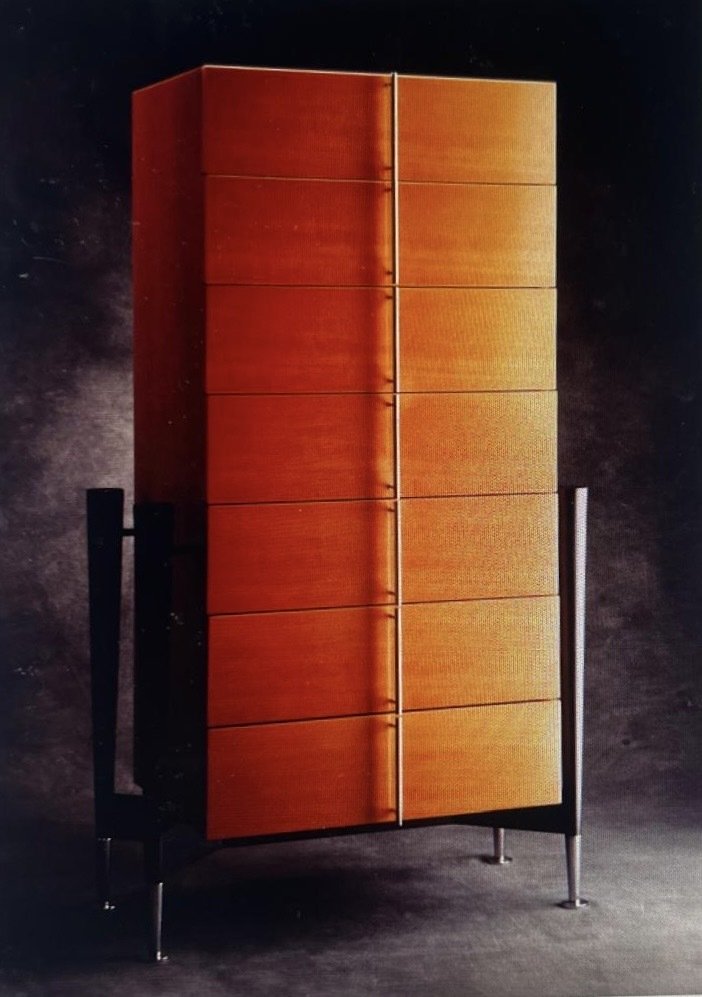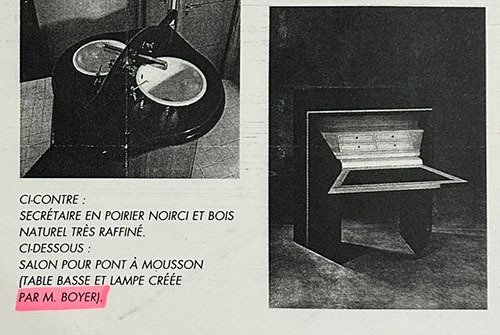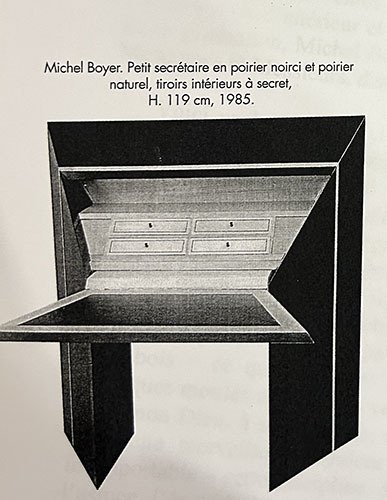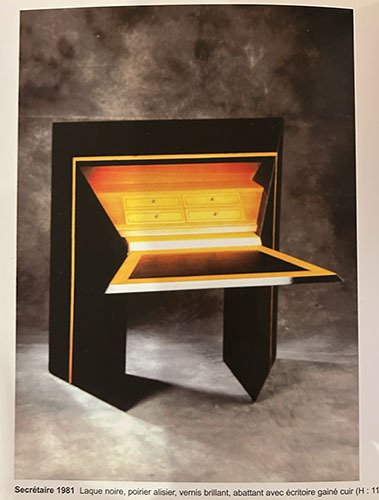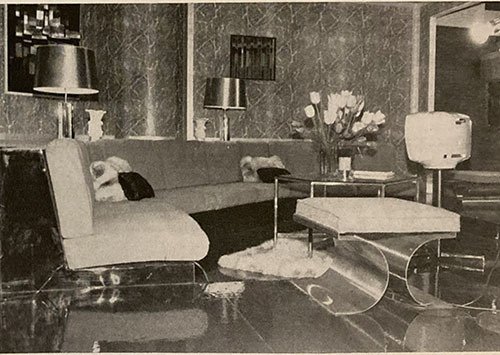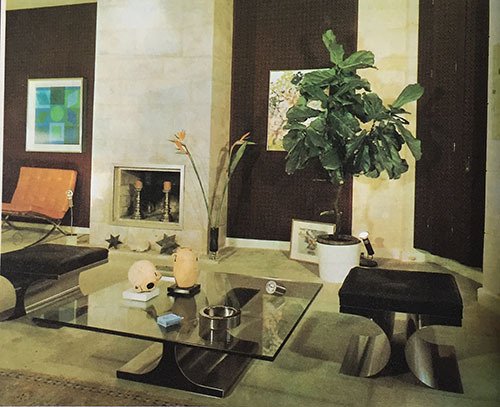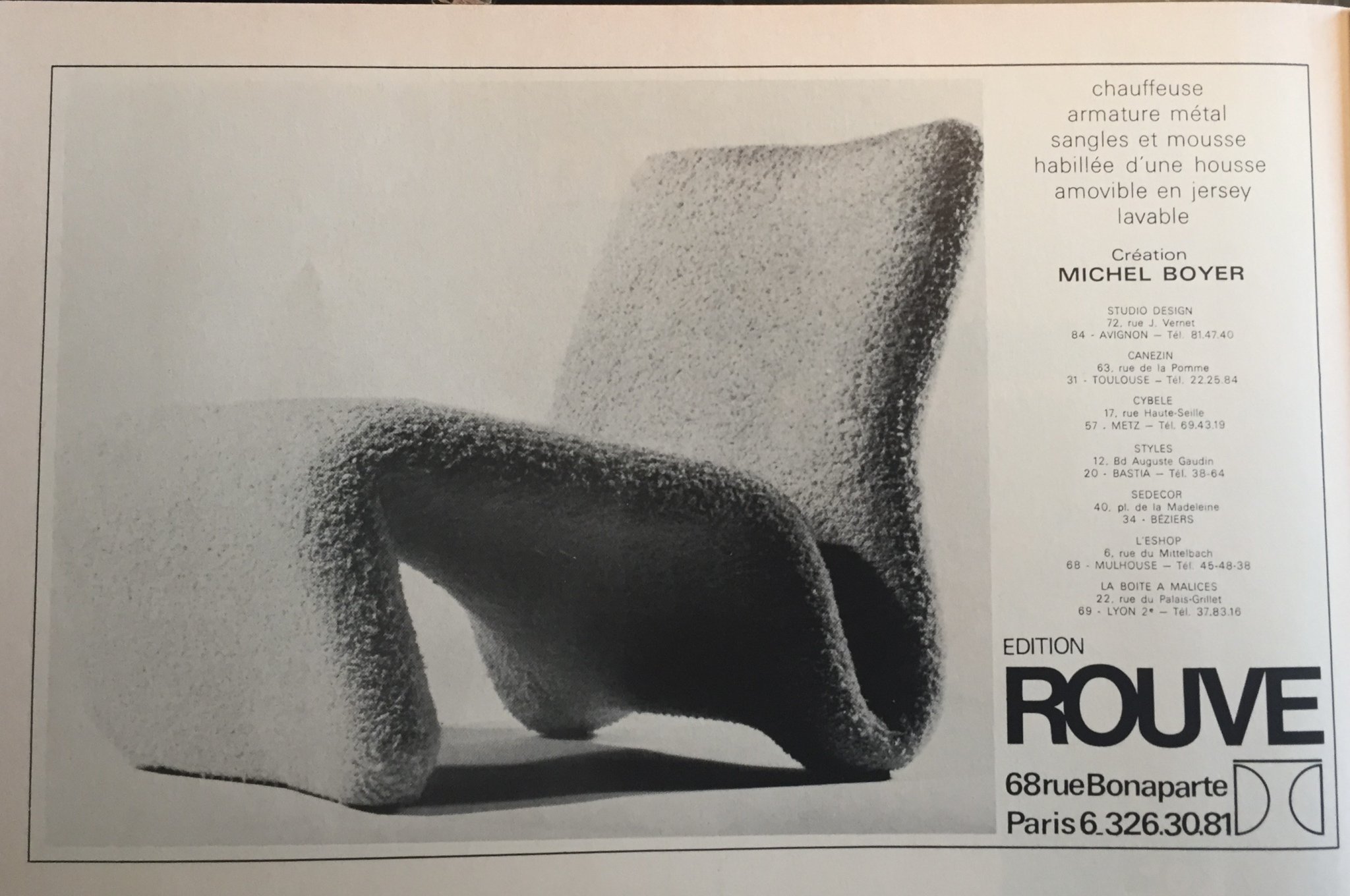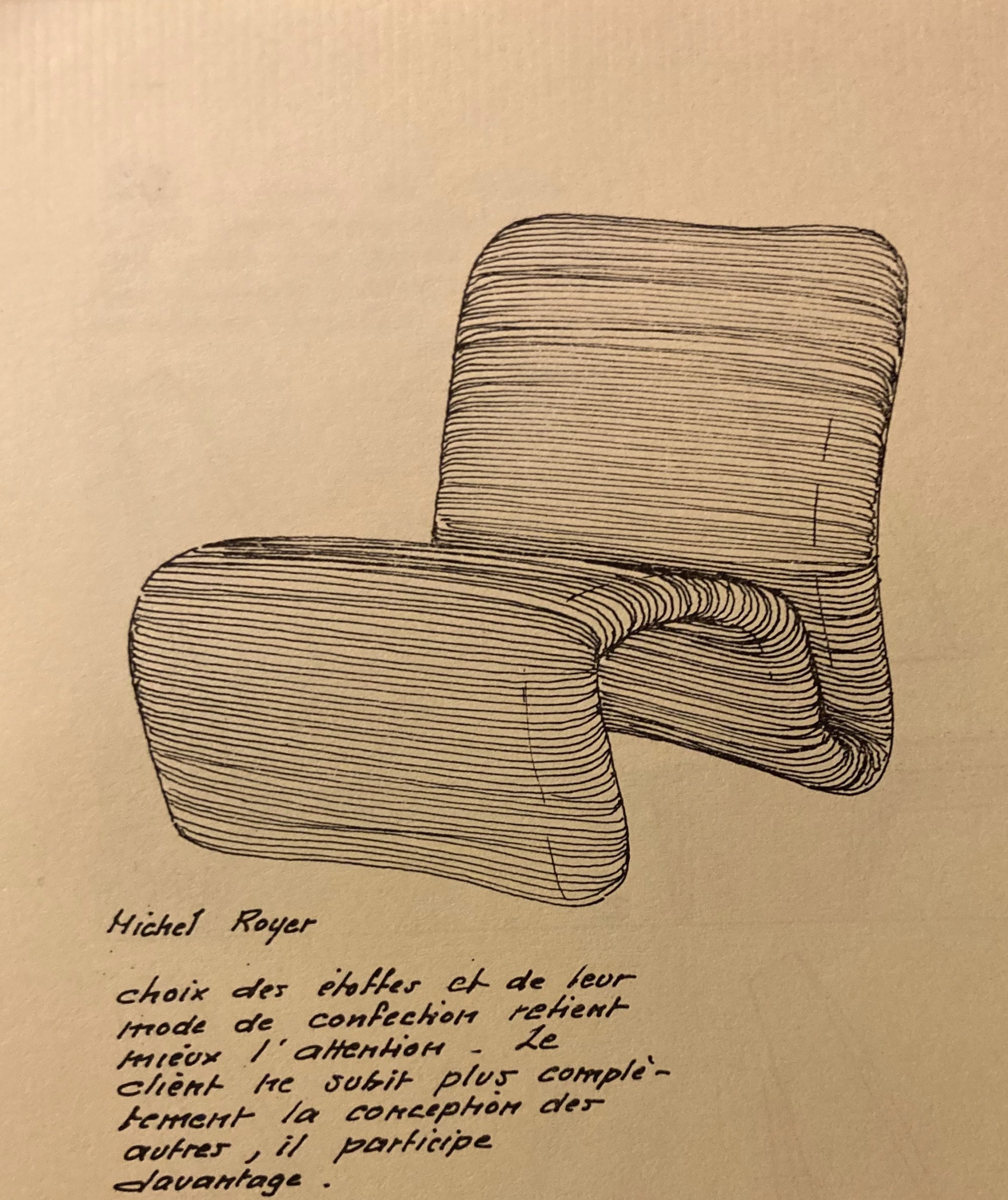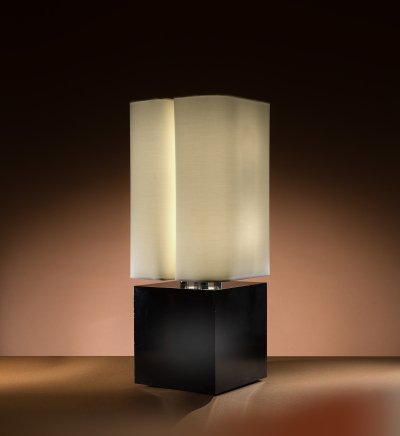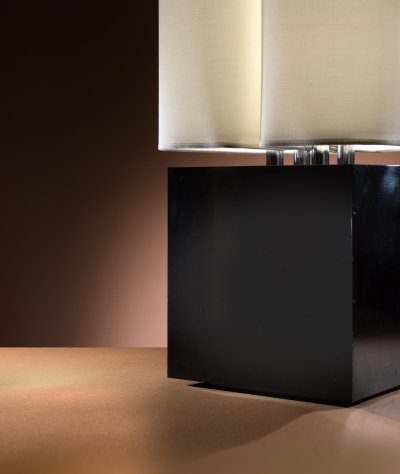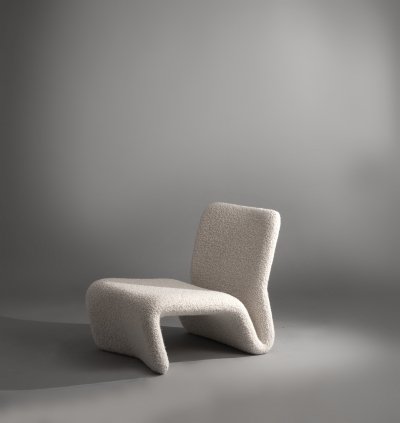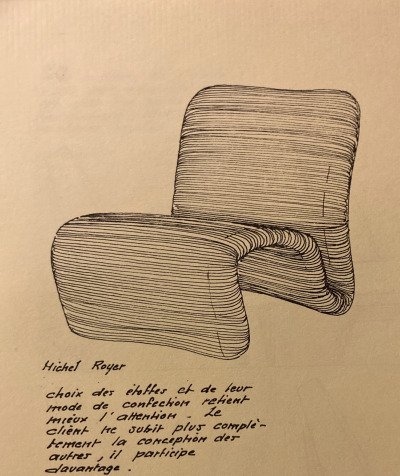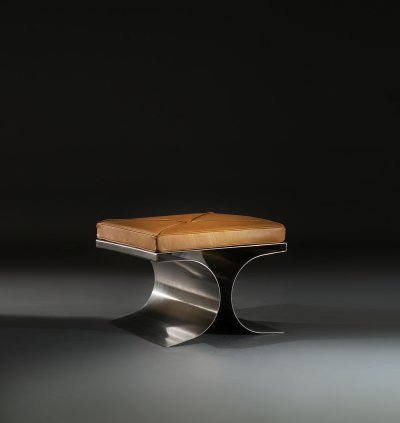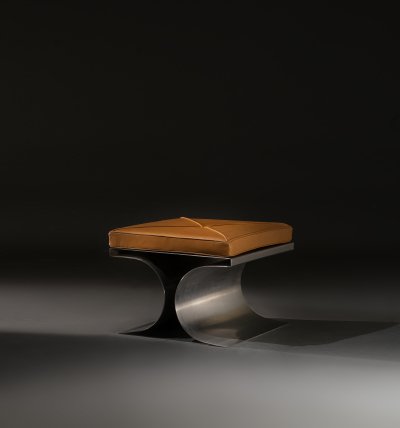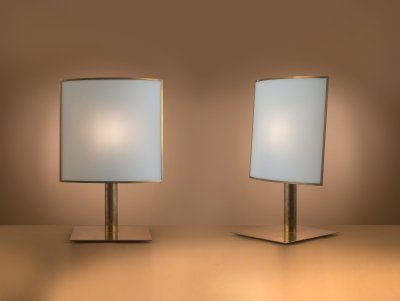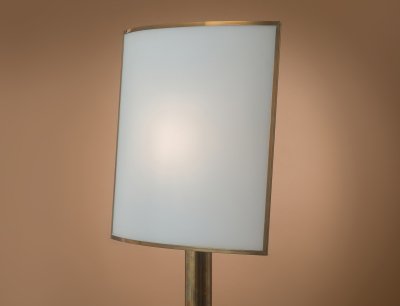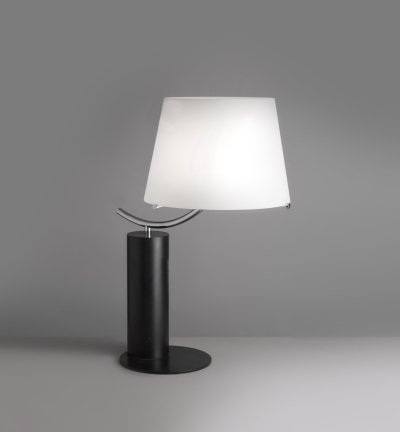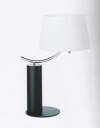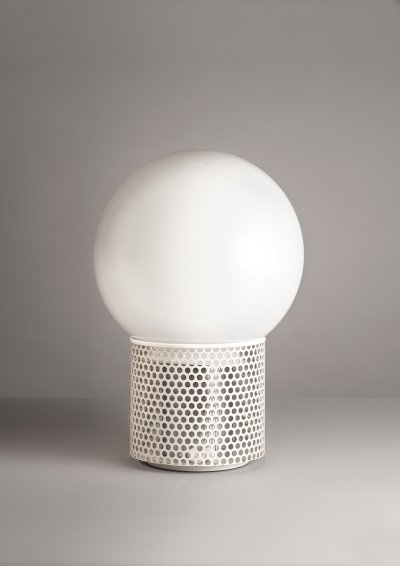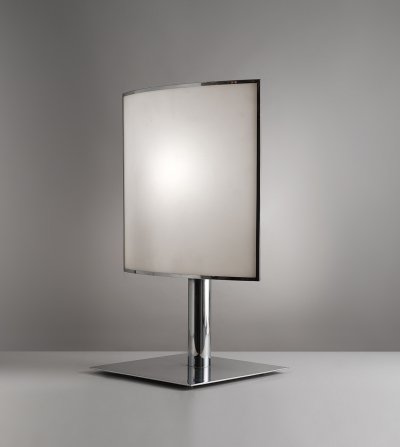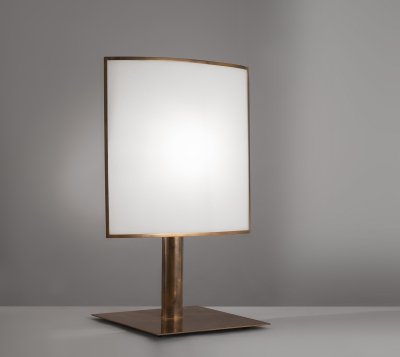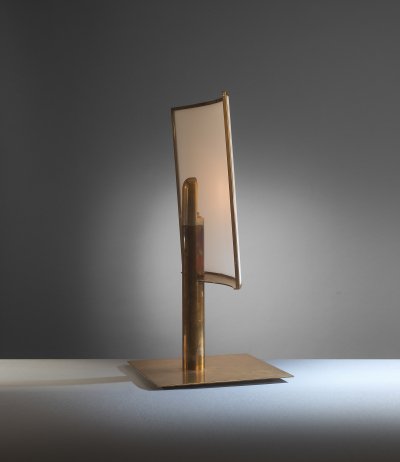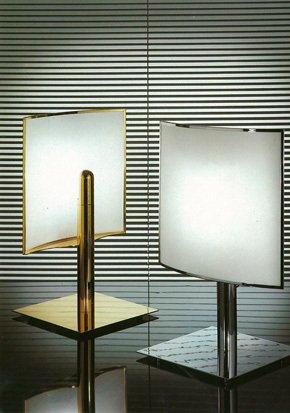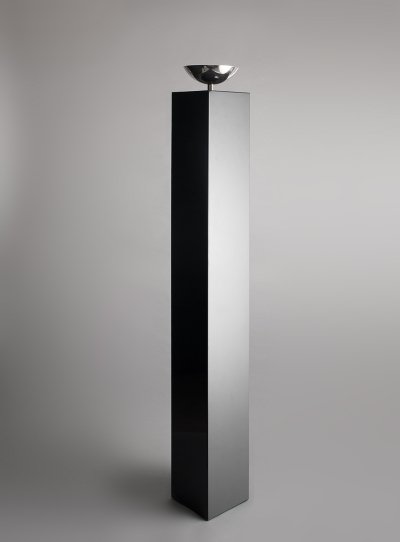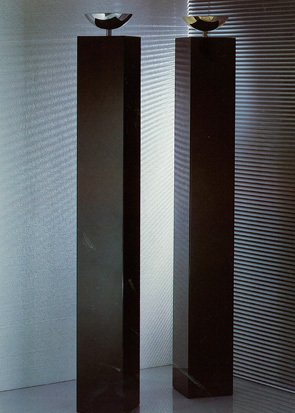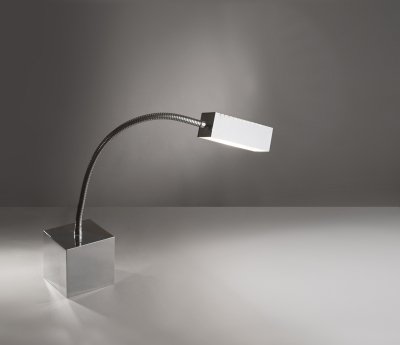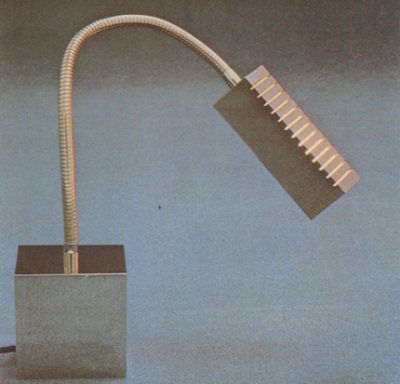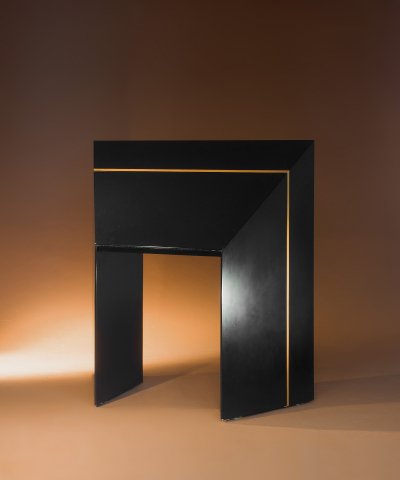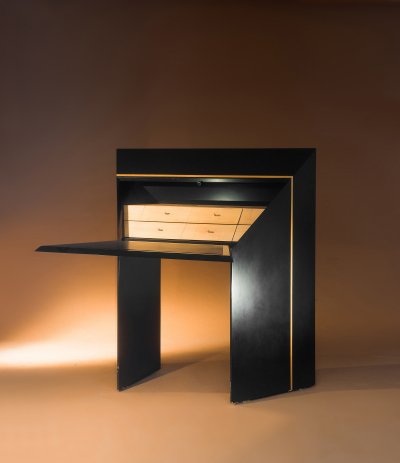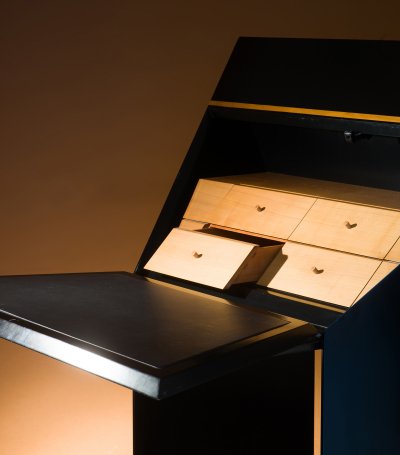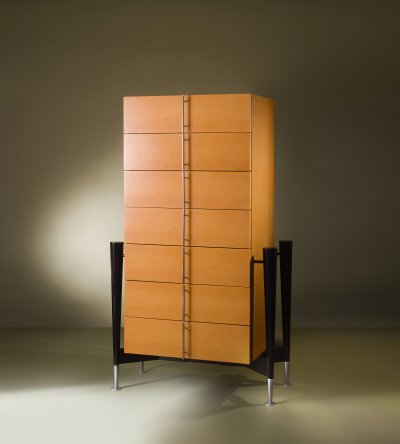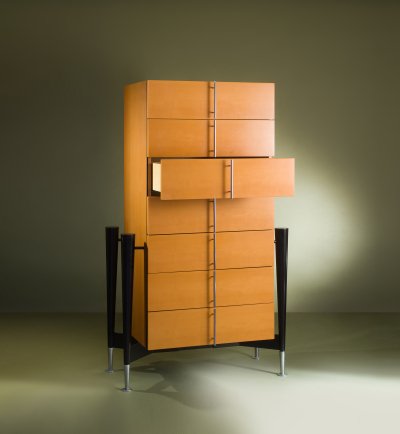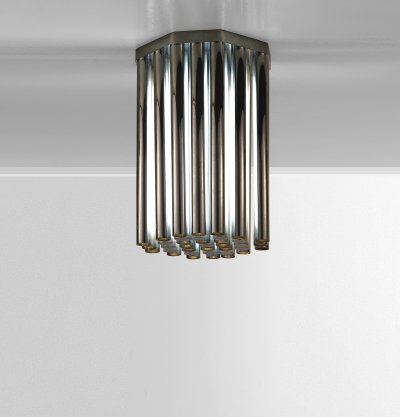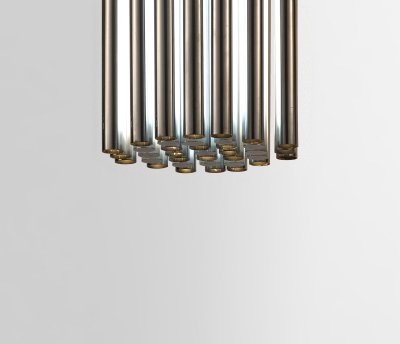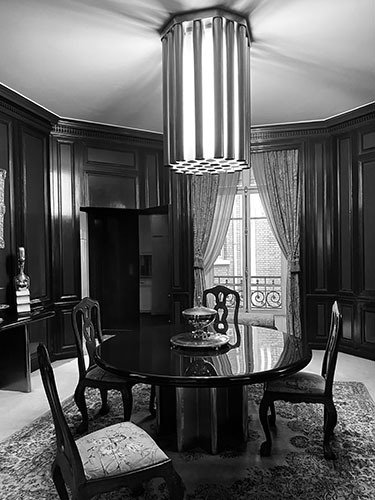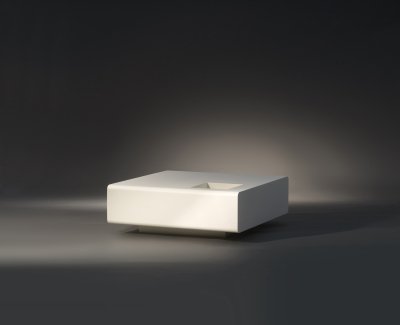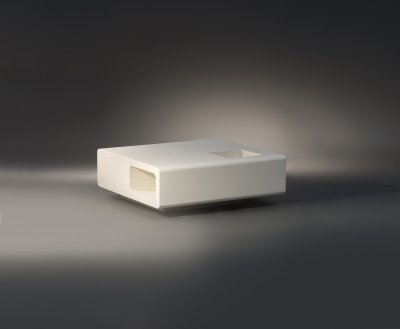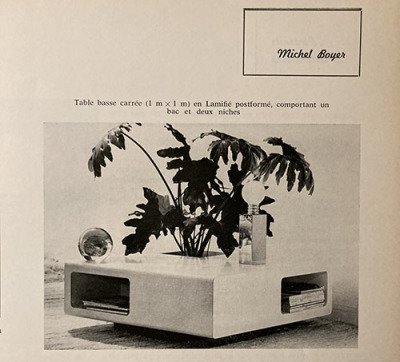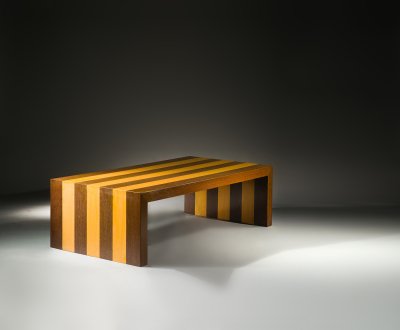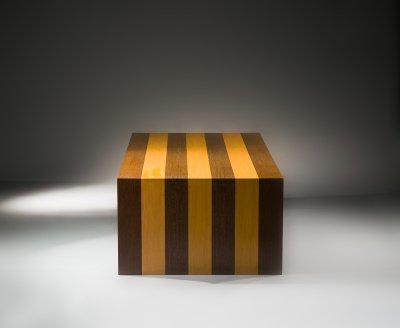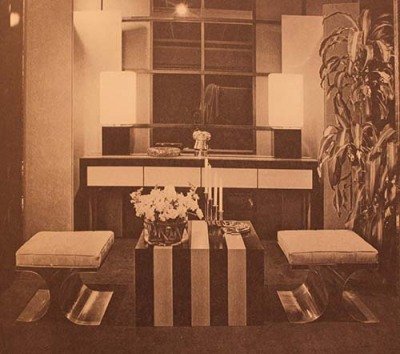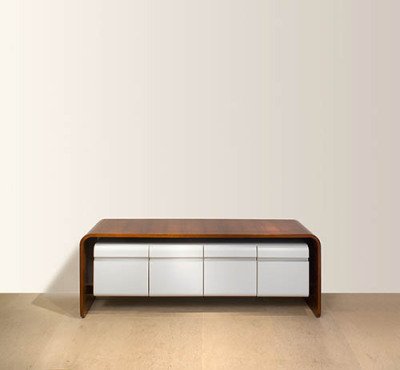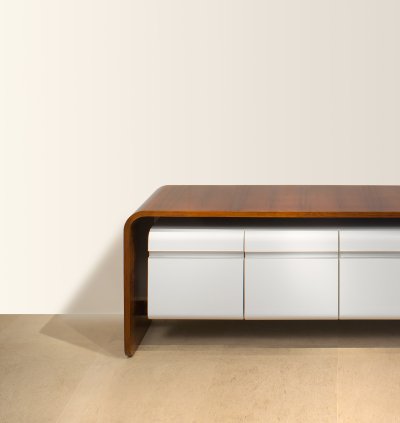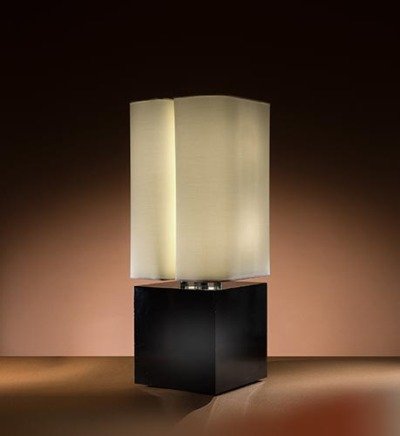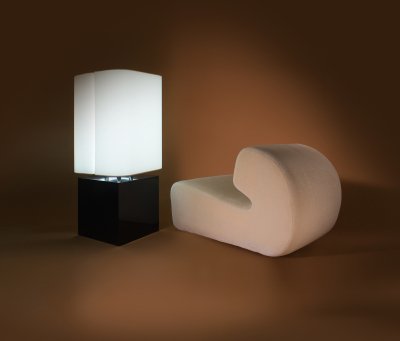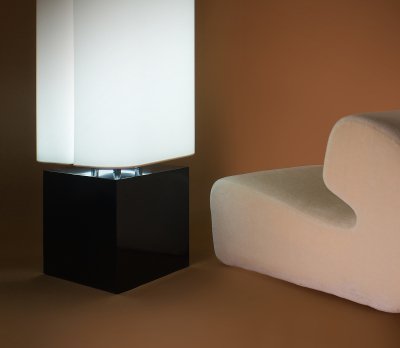Michel Boyer
Michel Boyer
Michel Boyer is a French decorator and interior architect whose work, rooted in the principles of modernity, has left a lasting mark on 20th-century design and interior architecture. Heir to a rich artisanal and architectural heritage, he was born into a family where art and construction played a central role. His grandfather, René Tisseyre, a renowned wrought iron craftsman, produced stair railings, balconies, and elevator cages in his Parisian workshops. His family also included two major figures of the modern movement, Édouard and Jean Niermans, which naturally destined him for a career in the arts.
Michel Boyer began his artistic training at the École des Beaux-Arts in Paris before joining the École Nationale Supérieure des Arts Décoratifs in 1957, where he studied under the famous decorator André Arbus. There, he acquired a mastery of shapes, volumes, and materials that would shape his aesthetic approach. In 1960, he joined the agency of architect Pierre Dufau, who specialized in designing office buildings, corporate headquarters, and banks. It was in this context that, in 1965, he was entrusted with the design of the Rothschild Bank on Rue Laffitte in Paris. This major project, preceded by the construction of a temporary building whose interior he also designed, marked the beginning of his recognition in professional circles. The success of this project led Michel Boyer to establish his own agency in 1968. Success came quickly: the growing demand soon required him to employ up to forty collaborators.
Michel Boyer’s style is immediately recognizable for its architectural rigor and subtle interplay of solids and voids. Influenced by the core principles of modernism, he adopted a sleek and functional aesthetic, using the industrial materials of his time: stainless steel, post-formed laminate, fiberglass, and lacquer. His creations are characterized by a search for balance and solidity, blending geometric shapes with contrasting textures. Among his iconic pieces from the 1970s are linear lounge chairs covered in foam, a metal tube and leather bolster armchair, and the famous steel stools, the first of which was covered in leopard skin by the antique dealer Haguenauer.
Michel Boyer’s reputation quickly attracted a prestigious clientele. He worked for major fashion houses such as Lanvin, Dior, and Balmain, as well as for the headquarters of multinationals such as Elf, Total, Paribas, and Veolia Environnement. His influence extended beyond France when he was commissioned by the French government to design diplomatic spaces: the French Embassy in Brasilia in 1975 and the French Embassy in Washington in 1981. Boyer placed great importance on the concept of the "total work of art," where interior architecture interacts with furniture and decoration. For the reception room of the Brasilia embassy, he collaborated with sculptor Claude Lalanne to integrate works of art directly into the architectural setting. This approach reflects his concern for harmony between the container and the content.
Michel Boyer remained faithful to the principles of modernism throughout his career, aligning himself with the legacy of great Italian designers such as Gae Aulenti, Vico Magistretti, and Cino Boeri. He drew inspiration from the functional simplicity and elegance of Italian design while preserving a distinctly French approach, marked by attention to detail and a constant search for balance. His store, Rouve, located on Rue Bonaparte in Paris, became a showcase for his style: there he presented his own creations as well as those of renowned artists and designers like Yonel Leibovici. Boyer also created everyday objects (lamps, tables, accessories) in a minimalist and elegant vein, highlighting his ability to combine utility with beauty.
Michel Boyer established himself as one of the last great decorators committed to modernity. His work, situated between luxury and functionality, continues to influence contemporary design. He succeeded in establishing a unique formal language, where the purity of lines and the nobility of materials create a timeless harmony. Through his creations and collaborations, he helped redefine the standards of interior design in the 1970s and beyond, leaving behind a legacy at the crossroads of tradition and innovation.
